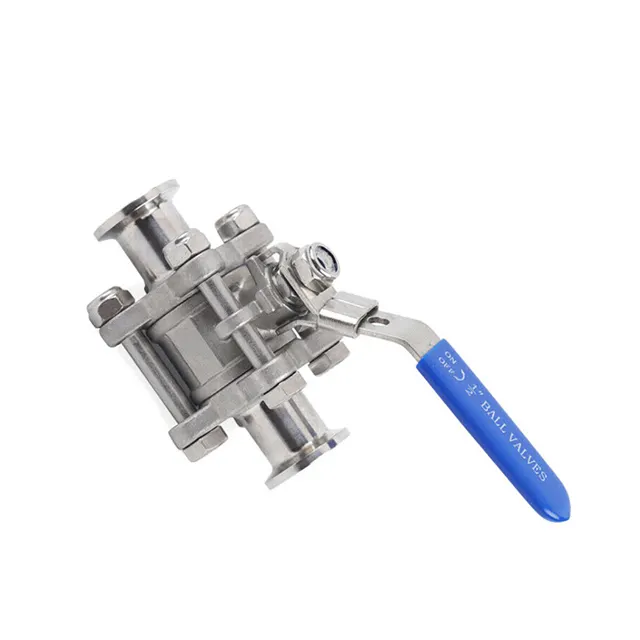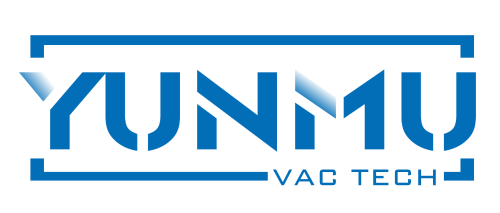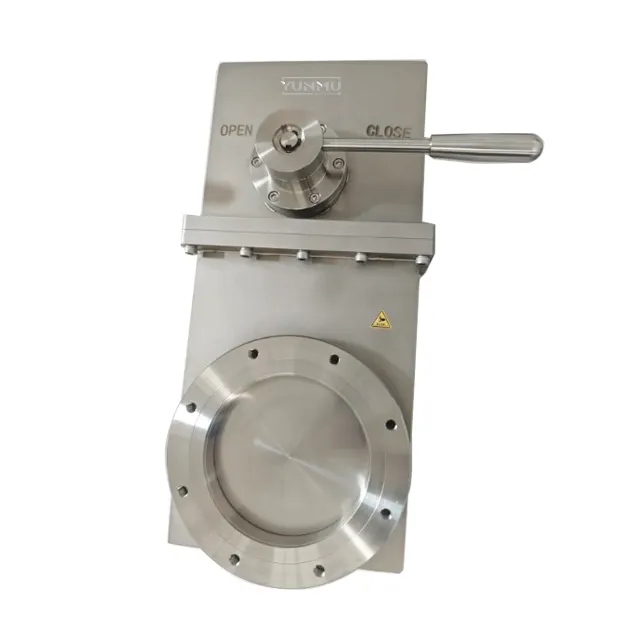Maximizing Production Efficiency Through Advanced Flow Control Technology
In today's competitive manufacturing landscape, the choice of components can make or break production efficiency. Among these critical components, vacuum valves stand at the forefront of ensuring smooth, reliable, and precise operations across manufacturing lines. These essential flow control devices play a pivotal role in maintaining optimal pressure levels, protecting sensitive equipment, and ultimately driving production excellence.
Modern manufacturing facilities face increasing demands for precision, speed, and reliability. The implementation of high-performance vacuum valves has become a cornerstone strategy for facilities aiming to enhance their operational capabilities while reducing downtime and maintenance costs. Understanding the impact and benefits of these sophisticated components is crucial for manufacturing leaders looking to maintain a competitive edge.
Core Components of High-Performance Vacuum Systems
Advanced Sealing Technologies
The heart of any high-performance vacuum valve lies in its sealing technology. Modern vacuum valves utilize advanced materials such as fluoroelastomers and specialized metal alloys that provide superior sealing capabilities under extreme conditions. These materials ensure consistent performance even when exposed to aggressive chemicals, high temperatures, or prolonged cycling operations.
Engineers have developed innovative sealing geometries that optimize the contact surface between sealing elements, resulting in improved leak-tight performance and extended service life. This advancement directly translates to reduced maintenance requirements and enhanced system reliability.
Precision Control Mechanisms
Today's vacuum valves incorporate sophisticated control mechanisms that enable precise flow regulation. Electronic actuators with position feedback systems allow for real-time monitoring and adjustment of valve positions. This level of control granularity ensures optimal process conditions are maintained throughout production cycles.
The integration of smart diagnostics and predictive maintenance capabilities further enhances the value proposition of modern vacuum valves. These features enable operators to identify potential issues before they lead to system failures, thereby minimizing unexpected downtime.

Operational Benefits in Manufacturing Applications
Enhanced Production Throughput
High-performance vacuum valves significantly impact manufacturing throughput by enabling faster cycle times and more precise process control. The quick response times and reliable operation of these valves allow production lines to maintain optimal vacuum levels consistently, resulting in improved product quality and reduced reject rates.
Manufacturing facilities that have upgraded to high-performance vacuum valves often report substantial improvements in their overall equipment effectiveness (OEE). The ability to maintain stable vacuum conditions throughout production cycles contributes to consistent product quality and reduced process variations.
Energy Efficiency Improvements
Modern vacuum valves are designed with energy efficiency in mind. The optimized flow paths and reduced internal friction result in lower power consumption by vacuum pumps and associated systems. This efficiency translates directly to reduced operational costs and a smaller environmental footprint.
Furthermore, the precise control capabilities of high-performance vacuum valves enable more efficient use of vacuum resources. Systems can be programmed to maintain exactly the required vacuum levels, avoiding unnecessary energy expenditure while ensuring process requirements are met.
Implementation Considerations and Best Practices
System Integration Requirements
Successful implementation of high-performance vacuum valves requires careful consideration of existing system infrastructure. Compatibility with current control systems, physical space constraints, and maintenance requirements must be evaluated during the planning phase. Professional assessment and proper sizing of vacuum valves ensure optimal performance and return on investment.
Integration planning should also consider future expansion possibilities and potential process modifications. Selecting vacuum valves with flexible control interfaces and modular designs can facilitate future upgrades and system modifications without requiring complete system overhauls.
Maintenance Strategies
While high-performance vacuum valves generally require less frequent maintenance than traditional alternatives, developing a comprehensive maintenance strategy remains crucial. Regular inspection schedules, preventive maintenance procedures, and staff training programs should be established to maximize the longevity and reliability of these components.
Documentation of maintenance activities and performance metrics helps identify trends and optimize maintenance intervals. This data-driven approach ensures that maintenance resources are utilized efficiently while maintaining system reliability.
Future Trends in Vacuum Valve Technology
Industry 4.0 Integration
The future of vacuum valves lies in their increasing integration with Industry 4.0 technologies. Smart vacuum valves equipped with IoT capabilities can communicate real-time performance data, enabling advanced analytics and automated system optimization. This connectivity facilitates predictive maintenance strategies and improved process control.
Manufacturers are developing vacuum valves with enhanced digital capabilities, including wireless monitoring, cloud-based analytics, and integration with manufacturing execution systems (MES). These advancements promise to further improve operational efficiency and reduce maintenance costs.
Sustainable Manufacturing Solutions
Environmental considerations are driving innovation in vacuum valve design. New materials and manufacturing processes are being developed to reduce the environmental impact of these components while maintaining or improving their performance characteristics. Energy-efficient designs and recyclable materials are becoming increasingly important selection criteria.
The focus on sustainability extends to the operational aspects, with new vacuum valve technologies enabling more efficient use of resources and reduced waste in manufacturing processes.
Frequently Asked Questions
How do high-performance vacuum valves improve manufacturing efficiency?
High-performance vacuum valves enhance manufacturing efficiency through precise flow control, faster cycle times, and reduced maintenance requirements. Their advanced sealing technologies and control mechanisms ensure consistent vacuum levels, leading to improved product quality and reduced downtime.
What maintenance requirements should be considered for vacuum valves?
While high-performance vacuum valves require less frequent maintenance, regular inspections, seal checks, and actuator calibrations are essential. Implementing a preventive maintenance program and maintaining proper documentation of service activities helps ensure optimal performance and longevity.
Are high-performance vacuum valves compatible with existing systems?
Modern vacuum valves are designed with compatibility in mind, offering various connection options and control interfaces. However, proper assessment of system requirements, including pressure ranges, flow rates, and control protocols, is crucial for successful integration with existing manufacturing infrastructure.

